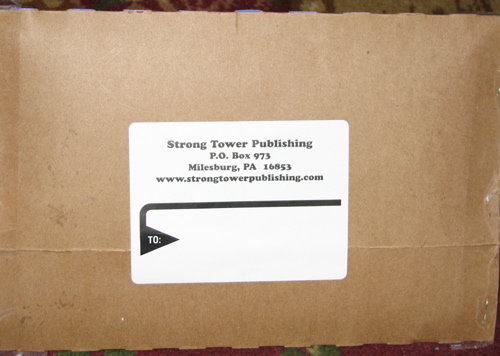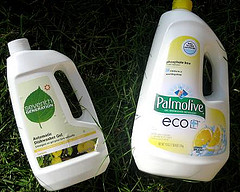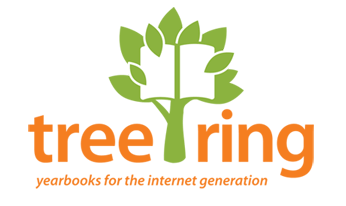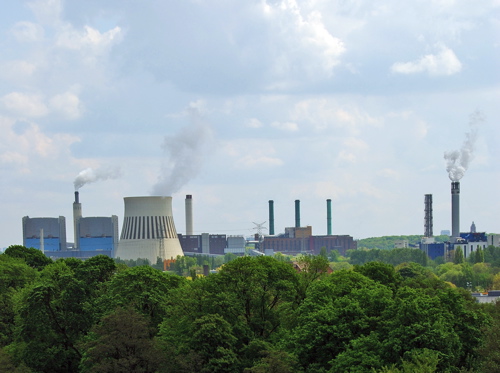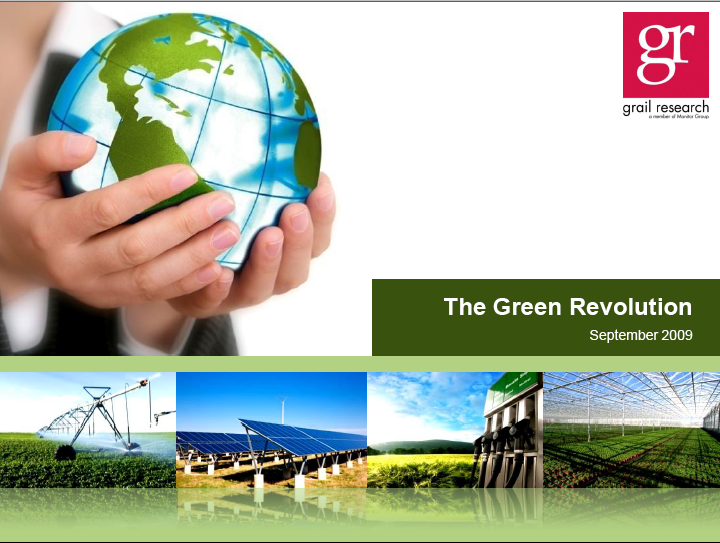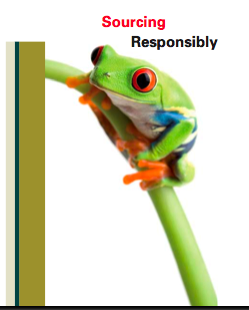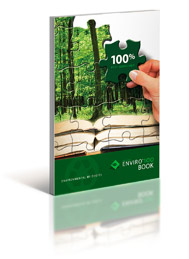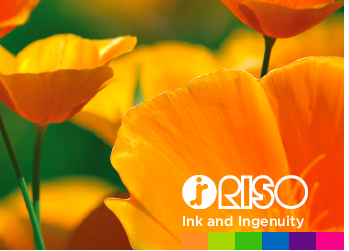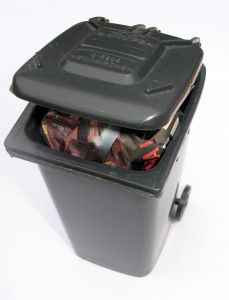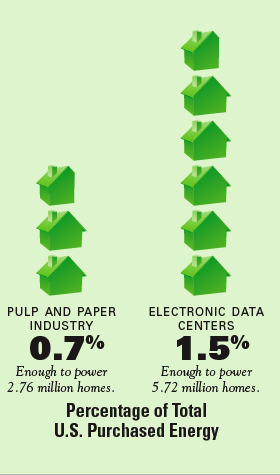Lessons Learned from an Envelope Box Turned Inside Out
I did something a little nuts today. I have run a small niche publishing business since 2000, and I learned very quickly that when you print books on demand and sell them retail, you either lose nearly all your profit margin by buying packing boxes or you have to charge a lot more than you […]
Lessons Learned from an Envelope Box Turned Inside Out Read More 👉

